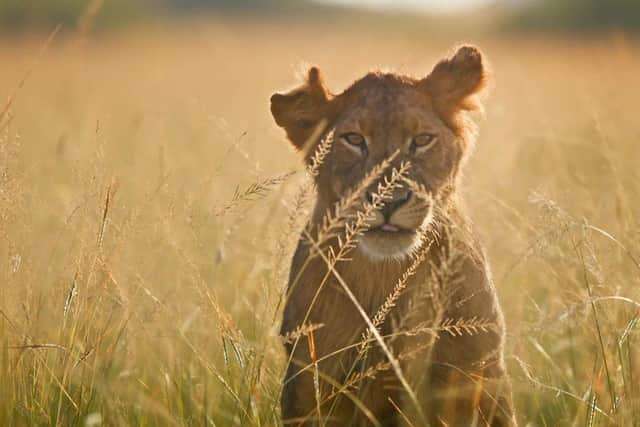Mammals: The New Wild explores how other creatures have adapted to living alongside perhaps the most successful mammals of all – humans
and live on Freeview channel 276
As Lydia Baines, who produced this second episode The New Wild, explains, there’s also the chance to go to some incredible locations and film some remarkable creatures.
She says: “Mammals are everyone’s favourite, aren’t they? Everyone loves a mammal. Also, this production is global. The scope is huge. Working on this series gives you the ability to film some of the most loved animals on this planet.
Advertisement
Hide AdAdvertisement
Hide Ad“People adore mammals because we have a natural affinity with them – some of them even look like us! They also act like us. There’s a lot of us that we can see in mammals, which I think makes them particularly appealing.”


However, as her episode makes clear, while humans may have an affinity with other mammals, the feeling isn’t necessarily mutual.
It’s only two decades since Sir David looked at the Life of Mammals for a previous series, but in that time the issues facing them have grown and grown, with many species now on the brink of extinction.
The New Wild explores how other creatures have adapted to living alongside perhaps the most successful mammals of all – humans.
Advertisement
Hide AdAdvertisement
Hide AdLydia explains: “The backbone to all of my different sequences is about how these habitats are changing and what mammals are doing in response. Obviously, some are doing well off the back of it, and others aren’t. The episode tries to give us a balanced view, but also to highlight the incredible behaviour that we’re starting to see. We are seeing evolution in action.”
The results can sometimes be unsettling. Lydia says: “One of the sequences we filmed was in a palm oil plantation in Malaysia. Obviously, a lot of primary forest is being cut down to make way for palm oil plantations, which is bad for the majority of wildlife there. But one troop of pig-tailed macaques has started to take advantage of it.
“The plantation gets overrun with rats, and these monkeys that used to be predominantly vegetarian have started coming into these plantations, and they’ve learned how to catch and feed on rats. Gruesome, but incredible.”
And some animals have seemingly managed to make a home where humans fear to tread.
Advertisement
Hide AdAdvertisement
Hide AdLydia says: “We filmed a pack of Indian wolves living on the Golan Heights on the border between Israel and Syria. They live in landmine fields. So, historically, and even today, wolves have been hugely shot in that area.
“One of their last strongholds is in these landmine fields on the Golan Heights. They’re able to live there fairly undisturbed because humans just won’t venture into the minefields. That’s never been filmed for broadcast television before, probably because no one’s thought it was a good idea to film wolves in fields of landmines!”
Lydia and her team decided to take the plunge with the help of a local guide who believes that, in another example of mammals adjusting to their environments, the wolves have learned to smell landmines.